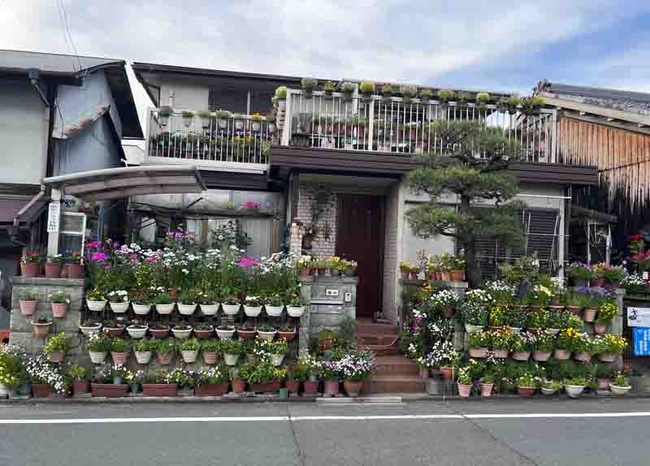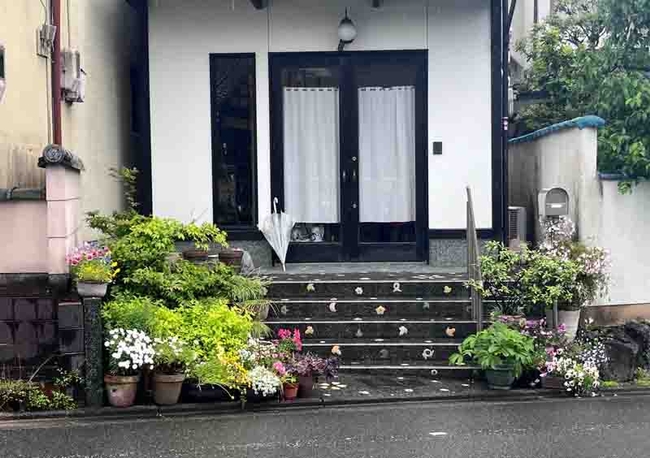The past two columns in this space have focused on the formal gardens of Kyoto, and some ideas that can be borrowed from them for use in our own home gardens. But what about the average urban dweller in Japan? What kind of relationship to plants and gardening do most people have when they live in a tightly congested urban area?
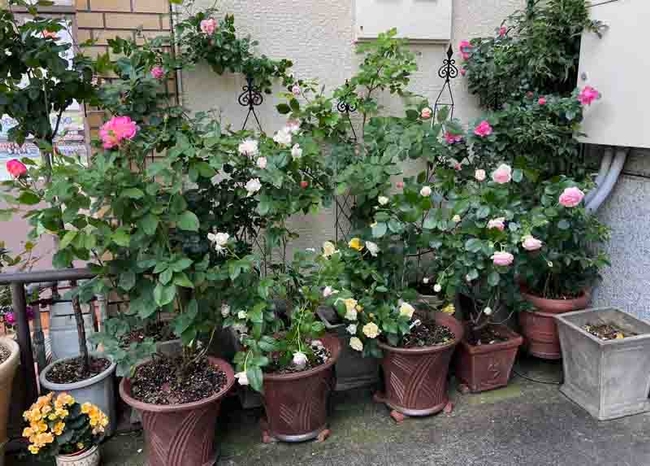
Simply walking the streets of Kyoto one is treated to a vibrant demonstration of its residents' love of gardening. On display are a variety of plants cultivated in pots and grouped to create beauty in the limited space of a porch or stairway. Shrubs grown in containers are placed to form hedges shielding a home's entrance from street traffic, or to create a space for parking bicycles.
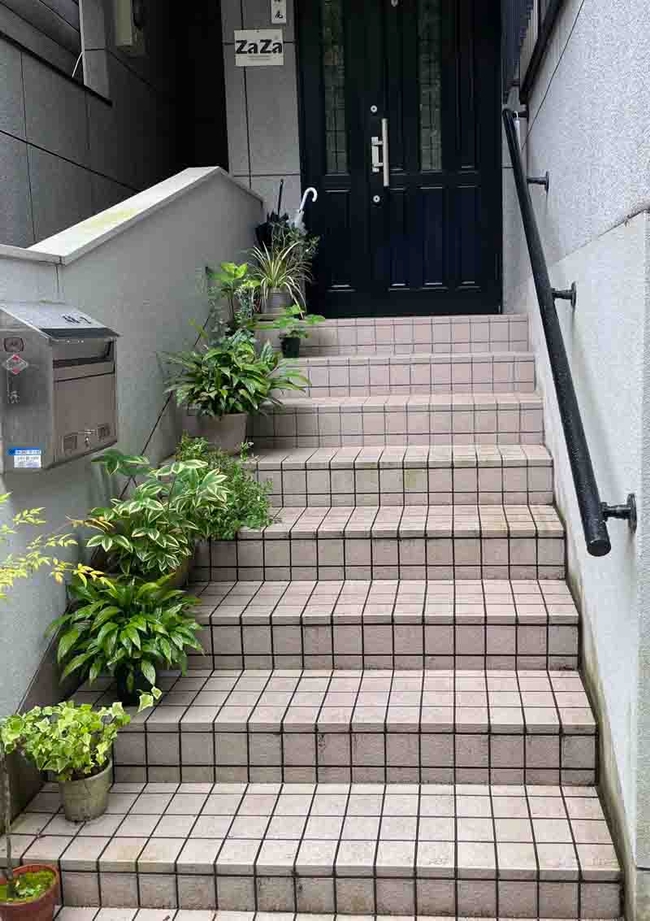
The main message is that no matter how small an outdoor area one might have, gardening can take place. The lack of ground soil to plant in is no barrier because so much can be accomplished by planting in containers.
Much of Japan is in a climate equivalent to U.S. Hardiness Zone 6b, where the average minimum temperature falls to 5 to 10 degrees below zero Fahrenheit, as opposed to the zones 8 and 9 of Butte County, in which our lowest winter temperatures generally fall between 20 and 25 degrees above zero Fahrenheit (10 to 15 degrees in the higher regions of areas like Magalia). This means that Japan has a temperate climate with four distinct seasons, with a relatively short growing period in spring and summer, so gardeners must make the most of the warmer months.
And yet, surprisingly, a stroll around Kyoto in May reveals many plants that are very familiar to gardeners here in our Mediterranean climate: roses, brunfelsia pauciflora (commonly known here as “yesterday, today & tomorrow”), ferns, pelargoniums, pansies, and many more.
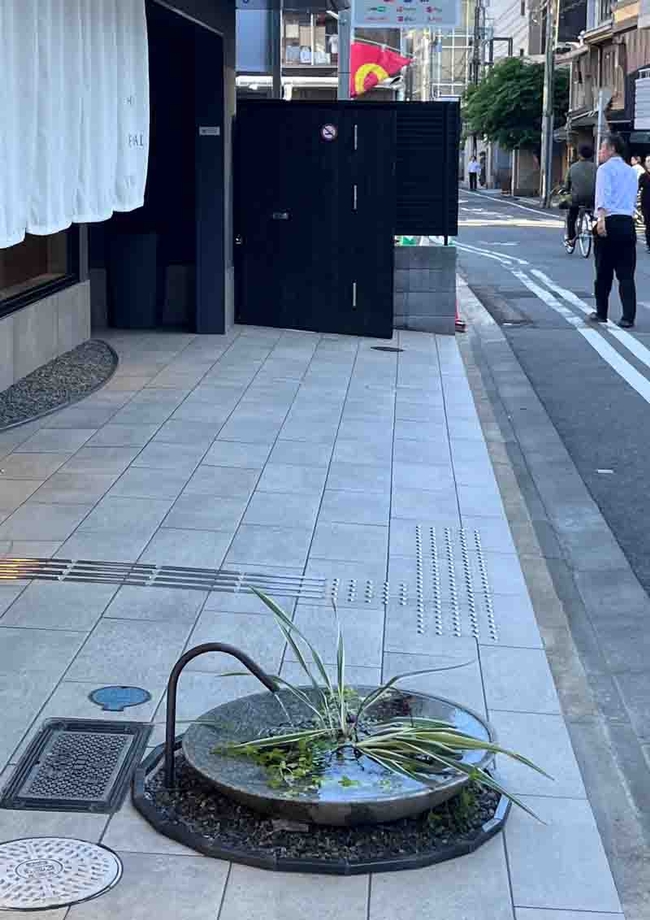
Planning a trip to Kyoto? American expatriate and Kyoto resident Judith Clancy has published a number of useful and informative travel guides to the region, including Kyoto City of Zen; Kyoto Gardens; and Exploring Kyoto: On Foot in the Ancient Capital.
UC Master Gardeners of Butte County are part of the University of California Cooperative Extension (UCCE) system. To learn more about us and our upcoming events, and for help with gardening in our area visit our website. If you have a gardening question or problem, email the Hotline at mgbutte@ucanr.edu or leave a phone message on our Hotline at 530-552-5812. To speak to a Master Gardener about a gardening issue, or to drop by the MG office during Hotline hours, see the most current information on our Ask Us section of our website.
Attached Images:
